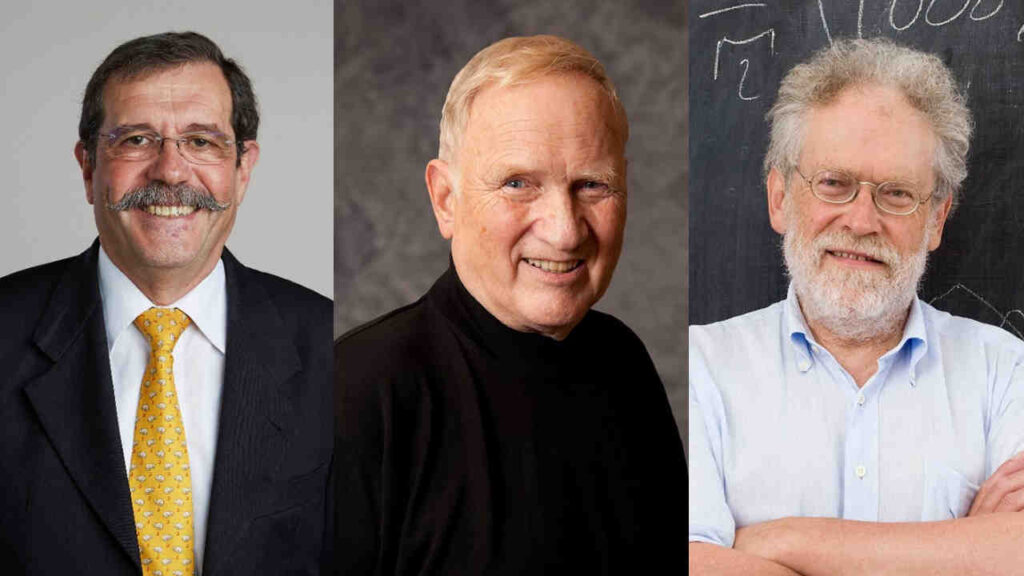American scientists have won the prestigious Nobel Prize in Physics, highlighting the strength and innovation of the U.S. scientific community. The award celebrates breakthroughs that demonstrate the impact of research and collaboration in advancing global knowledge.
The honored work reflects years of dedication, cutting-edge experiments, and creative problem-solving. Experts say this recognition underscores how American research institutions and universities foster environments where scientific discovery can thrive.
This Nobel Prize also showcases the role of collaboration. Teams of scientists across different institutions contributed to findings that push the boundaries of physics. Their combined expertise, resources, and innovation illustrate why the U.S. remains a leader in scientific research.
The achievement comes at a time when science and technology play a critical role in global development. From renewable energy to quantum computing, American research continues to shape the future. Nobel recognition emphasizes the value of investing in talent, laboratories, and long-term research projects.
Analysts note that the award also highlights the effectiveness of the U.S. education system in nurturing scientific talent. Many of the laureates received advanced training in American universities, benefiting from access to funding, mentorship, and collaborative networks. These factors contribute to producing groundbreaking research that gains global recognition.
The research recognized by the Nobel Prize spans multiple areas of physics. Innovations in experimental techniques, theoretical models, and computational approaches have led to discoveries with potential applications in technology and industry. Experts say this reinforces the connection between academic research and practical impact.
Beyond the lab, the achievement inspires the next generation of scientists. Young researchers and students can see the rewards of curiosity, persistence, and collaboration. The Nobel Prize serves as a powerful reminder that investment in science drives progress and opportunity.
The recognition also reflects America’s commitment to supporting scientific inquiry. Federal grants, private funding, and institutional support create a fertile ground for innovation. Analysts point out that sustained investment in science has long-term benefits, including technological advances, economic growth, and global leadership.
American scientists have historically performed strongly in Nobel recognitions, and this award continues that tradition. It emphasizes how structured programs, interdisciplinary research, and open collaboration contribute to high-impact discoveries.
Observers say the Nobel Prize in Physics this year proves that the U.S. scientific ecosystem works effectively. From training scientists to providing resources and fostering creativity, the system supports research that meets global standards of excellence.
This milestone also underscores the importance of encouraging diversity in science. Different perspectives, ideas, and approaches enhance problem-solving and innovation. Institutions that embrace inclusive practices help ensure continued success in research and discovery.
As the world celebrates the achievement, the award reinforces the role of the U.S. as a hub for scientific advancement. It serves as a testament to what is possible when talent, support, and curiosity converge to explore the frontiers of knowledge.
The Nobel Prize in Physics not only honors individual and team accomplishments but also reflects the broader effectiveness of American science. It demonstrates that investment, collaboration, and innovation can yield discoveries that resonate worldwide.


